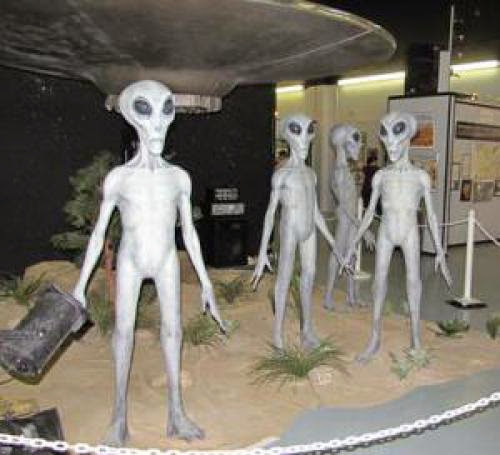NASA's Lunar Atmosphere and Dust Environment Explorer (LADEE) spacecraft continues to operate in the lunar commissioning orbit at approximately 155 miles (250 kilometers) above the surface of the moon. The orbit is not perfectly circular because of the moon's lumpy gravity field. In this orbit, the Mission Operations Team at NASA's Ames Research Center, Moffett Field, Calif., are testing and calibrating the three science instruments, as well performing the primary Lunar Laser Communication Demonstration (LLCD) experiments. LADEE now is at the half-way point in the commissioning, with the first two blocks of science commissioning activities and the first two blocks of LLCD experiments complete. During the LLCD experiment blocks, the LLCD team demonstrated all-optical acquisition data transfers (without depending on any help from the radio system) at 10 and 20 megabits per second (Mbps) uplink, and transfers at 155, 311, and 622 Mbps downlink. These downlink rates are higher than typical home internet streaming video. All optical contact attempts with the U.S. ground stations at White Sands in New Mexico and Table Mountain in California have been successful. Later in the experiment, the LLCD team was able to demonstrate the ability to operate through thin clouds, as well as handing off from one ground station to another. This is significant because such a capability will be required for future operational use. The LLCD team also has started contact passes with a European ground station in Tenerife, Spain. The science instrument commissioning activities also have been going well, with all three instruments taking calibration data. The Neutral Mass Spectrometer (NMS) completed a variety of tests, including its first measurements of atoms and molecules in the lunar atmospheric. The NMS instrument has operated while pointing in many directions to look for atoms and molecules from a variety of sources. The Ultraviolet-Visible Spectrometer (UVS) completed its initial calibrations, including verifying the precise pointing direction of its telescope and solar viewer. The UVS instrument also has peered over the lunar horizon to look for the glow of atoms, molecules and dust in the lunar atmosphere. The Lunar Dust Experiment (LDEX) has been performing a high-altitude dust survey before dropping to the lower science orbit later this month. The science instrument commissioning and LLCD primary experiment will be conducted through mid-November, after which the spacecraft will drop down to the lower lunar science orbit and start the full science phase of the mission. Posted by: Soderman/SSERVI StaffSource: NASA ARC/Butler Hine



0 comments:
Post a Comment